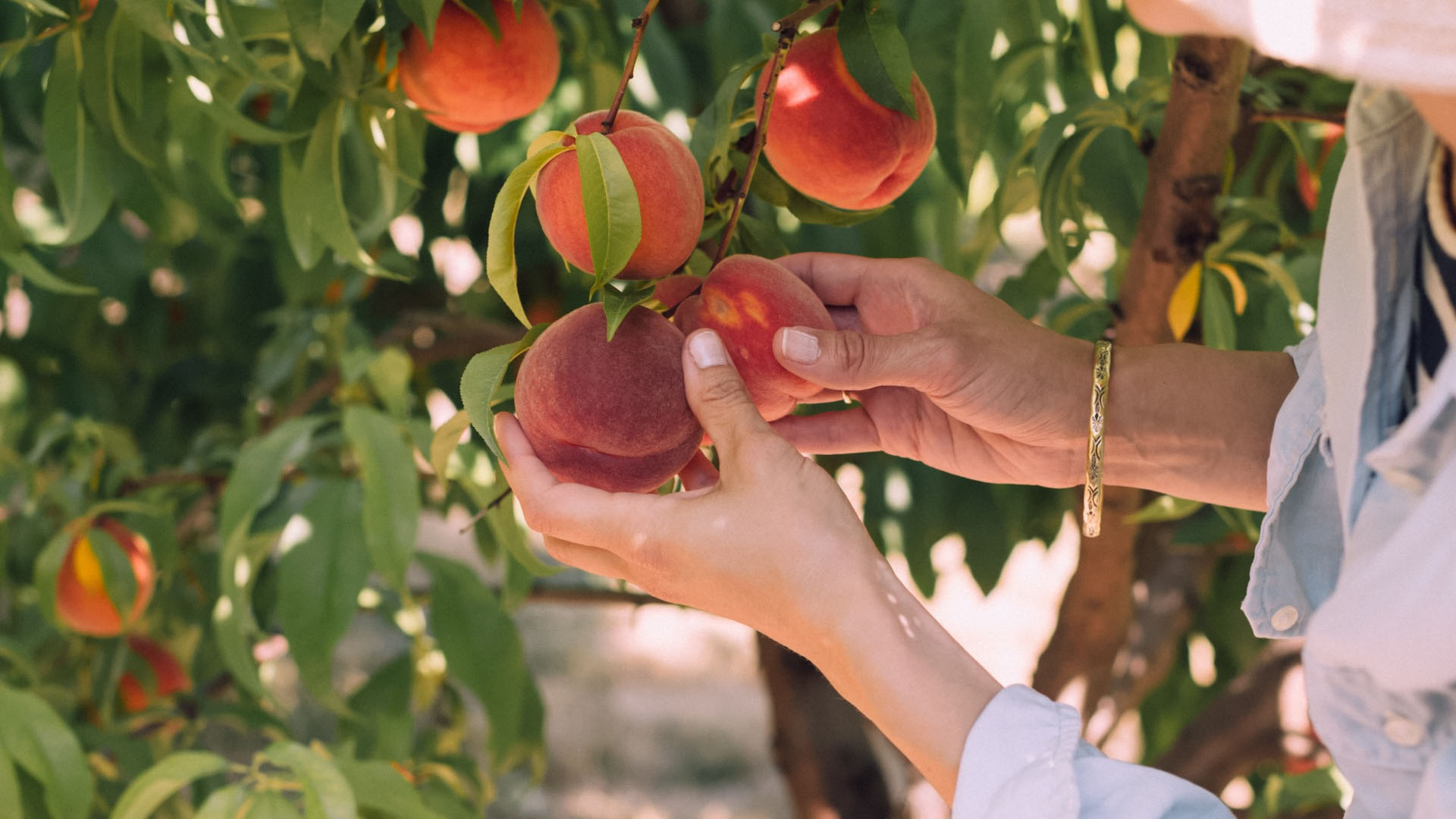Moving Up The Purchase Funnel: Making The Most Of Low-Hanging Fruit
Cart Recovery
As email marketers, we’re all well aware of how easy it is to re-market to and convert the low-hanging fruit within the ecommerce customer journey using cart recovery emails. These cart recovery emails target those customers who abandon after adding items to their basket. On average, 75% of carts started are abandoned, and 20% of those who are sent remarketing emails can be recovered: they’re personalised, automated and create revenue for us whilst we sleep – perfect!
But what about the low-hanging fruit further up the customer purchase funnel? Sure, they’re not quite as low-hanging and not as easy to convert as those who have abandoned after reaching the checkout pages. Generally speaking, the stronger the purchase intent, the higher the conversion rate. However, implementing recovery tactics further up the funnel still pays handsome dividends.
A recent study by Connexity found that 11% of online consumers are “true abandoners”: those who come to buy, but do not. Half of those true abandoners never put items in the cart; 18% put items in the cart, but leave before starting to check out; and 32% leave after having started to check out.
So using the above findings, whilst the cart recovery emails address 32% of these abandoners, if we don’t look further up the buying journey funnel, we’re leaving money on the table. By using a combination of overlays that are presented when someone has shown signs of leaving the website, together with personalised, automated emails, we can target the remaining 68% of true abandoners.
Basket Reminders
To address the issue of 18% of true abandoners leaving after putting items in the cart but before starting to check out, a simple but successful remedy is to offer an overlay that offers to send the basket items to the potential customer via email. Something along the lines of “Leaving so soon? You still have xx items in your basket. Why not leave your email address and we’ll send a copy of your basket items to your inbox” can be extremely effective — both for growing your marketing database and for conversions.
Although they’re a little further up the purchase funnel, the results can be quite astounding, as a client recently discovered:
- 4.22% of those presented the overlay asking for their email address, provided it.
- Of those who provided their email, 53.19% clicked through the email to their basket
- Of those who clicked through to the cart, 46.98% purchased.
- The AOV of purchase was 71.49% higher than the basket value (i.e. when they abandoned).
- The uplift of this campaign against the total of sales for this period was 3.13%.
- The ROI was 11,387%!
Browse Abandonment/Product Page Abandonment
If we know who they are AND have permission to market to the remaining 50% of abandoners who never put items in the cart, then we’re sitting happy, as we can send them a browse abandonment email based upon what product they were browsing before they left the site. Good in theory, however, more often than not. Unless it’s a known customer who is logged in and has given you permission to market to them, the lack of both an email address and permission can be a barrier to success.
In steps an exit-intent overlay to the rescue! When customers show intent to leave the site, an overlay is presented that uses a combination of a dynamic element based upon what they were browsing as well as a request for an email address. You can send them a very personalised email (and potentially an offer) showing them recommended items based upon what they had been browsing, hopefully driving them back to making a purchase.
Of course, an added benefit is that by making the overlay dynamic and very appealing, customers are highly incentivised to provide you with their email address and marketing permission in exchange for a valuable offer or content.
Generally speaking, these emails have more of a soft-sell tone than cart recovery emails, since the shopper has shown less commitment to purchase the product.
So why do these emails convert so well? All within these three stages of the purchase funnel epitomize true 1:1 marketing. No one else is receiving this exact email, as it’s personalized completely to the shopper’s behaviour. Moreover, all three types of emails are focused on assisting customers to achieve their objective, so each are great examples of customer service.
The study from Connexity also identified that the top three reasons customers abandon are: 21% say they could not find the item they were looking for; 17% say the item, colour or size was out of stock; and 9% say the price was too high.
Many of these shoppers say they would complete the purchase if they had some help. It really is a matter of making the most of the purchase journey and ensuring that we have all stages covered in order to assist our customers.
Interested in finding out more? Check out how the awesome team at Holistic Email Marketing can help take your email programme to the next level.

